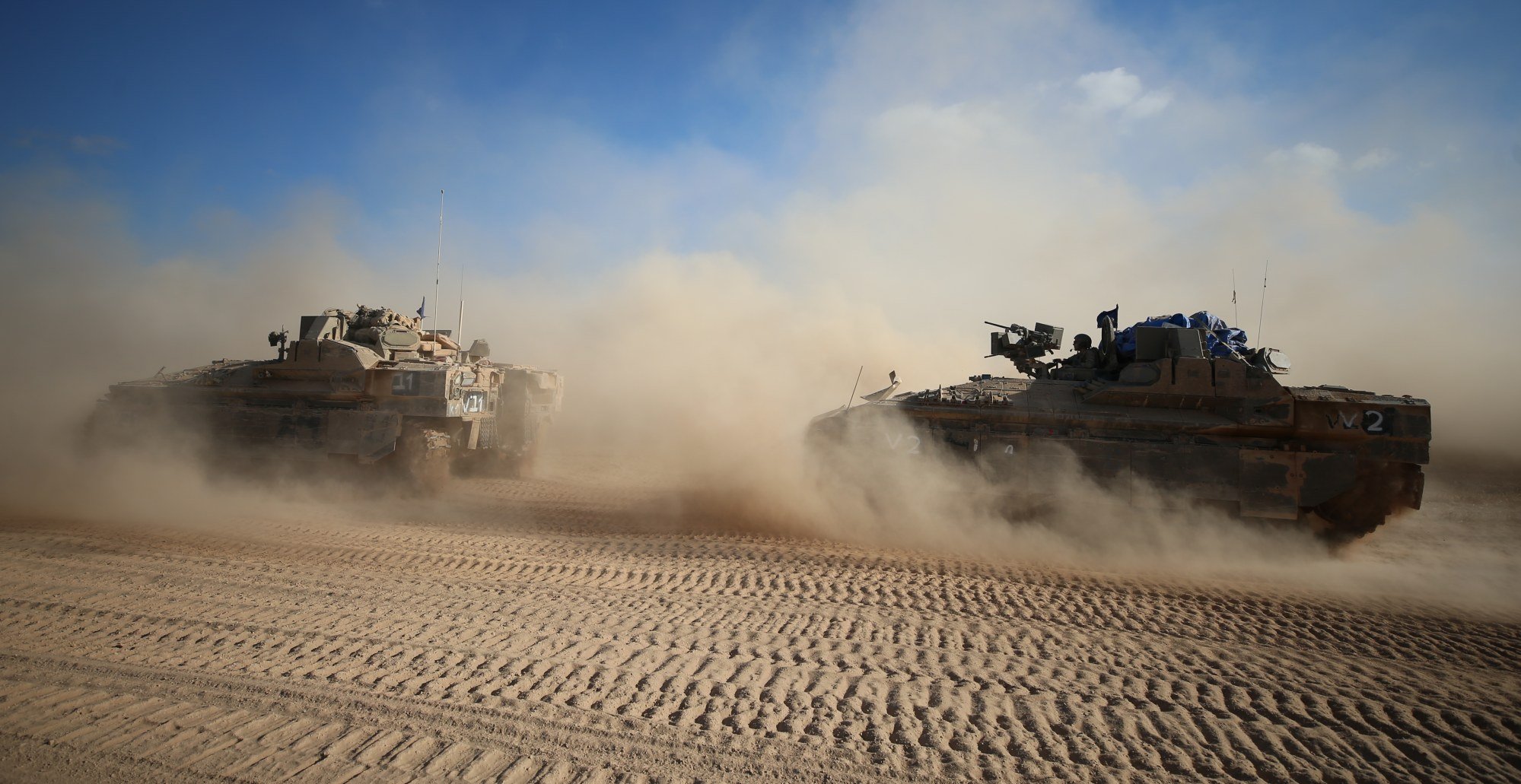Israel has imposed a siege on the long-blockaded territory soon after the unprecedented Hamas attack, effectively leaving Philadelphi corridor – the Israeli name for the route Egyptians and Palestinians call Salaheddin – as Gaza’s only border not under complete Israeli control.
A 2005 agreement between Israel and Egypt established the corridor as a buffer zone, as part of Israel’s unilateral withdrawal from the Gaza Strip that year.
It was meant to facilitate control over movement in and out of the Palestinians territory and discourage incursions and smuggling.
Some houses had to be demolished to make way for the Philadelphi route, which has also accentuated the division between the Gaza side of Rafah, in the territory’s far south, and the town’s Egyptian side – a remnant of British colonial policies.
When Israeli troops withdrew from Gaza in September 2005, Egypt set up a force dedicated to guarding the border, with some 750 personnel.

To avoid breaching demilitarisation clauses in the 1979 Israeli-Egyptian peace treaty, the Egyptian force’s stated purpose was to fight “terrorism” along this patch, as stipulated in the 2005 agreement.
On the Gaza side, Palestinian president Mahmoud Abbas – whose Palestinian Authority ruled the territory at the time – deployed guards to secure the corridor.
But in June 2007, militant group Hamas seized control of the Gaza Strip as rivalry with Abbas’s Fatah party blocked the Islamist movement from assuming the leadership despite a landslide election win.
The border area subsequently became the focus of growing concern over arms trafficking, which fed the arsenal of local armed groups.
Hundreds of tunnels are said to have been dug under the Philadelphi corridor that have been used for smuggling everything from weapons, to cars, drugs and even food like Kentucky Fried Chicken.
According to international organisations, armed fighters have criss-crossed through these underground routes, while smugglers facilitated the travel of civilians for varied reasons – be it medical appointments or attending weddings.
For Palestinians, the tunnels have been a way of getting around the Israeli land, sea and air blockade imposed on the entire Gaza Strip when Hamas seized power.
When Egyptian President Abdel Fattah al-Sisi came to power in 2013, Cairo moved to destroy many of the tunnels, accusing Palestinian militants of using them to transit arms and fighters to jihadist groups in the neighbouring Sinai Peninsula.
Since the start of the Israel-Gaza war in the wake of the October 7 attack, Israeli Prime Minister Benjamin Netanyahu has stressed the strategic importance of the border area.
And on Wednesday, the Israeli military said it had taken “operational control” of the route.
“The Philadelphi corridor … must be in our hands. It must be shut,” Netanyahu told a news conference on December 30.
“It is clear that any other arrangement would not ensure the demilitarisation that we seek.”
Cairo immediately protested the premier’s remarks.
Diaa Rashwan, head of the Egyptian government’s State Information Service, in January told pan-Arab news channel Al-Ghad that such an “occupation” was “forbidden by virtue of the agreement” between the two countries.
It would even constitute a “threat of violation of the Israeli-Egyptian peace treaty”, Rashwan had said.
The US-brokered 1979 agreement was the first peace treaty between Israel and an Arab country.

إرسال تعليق